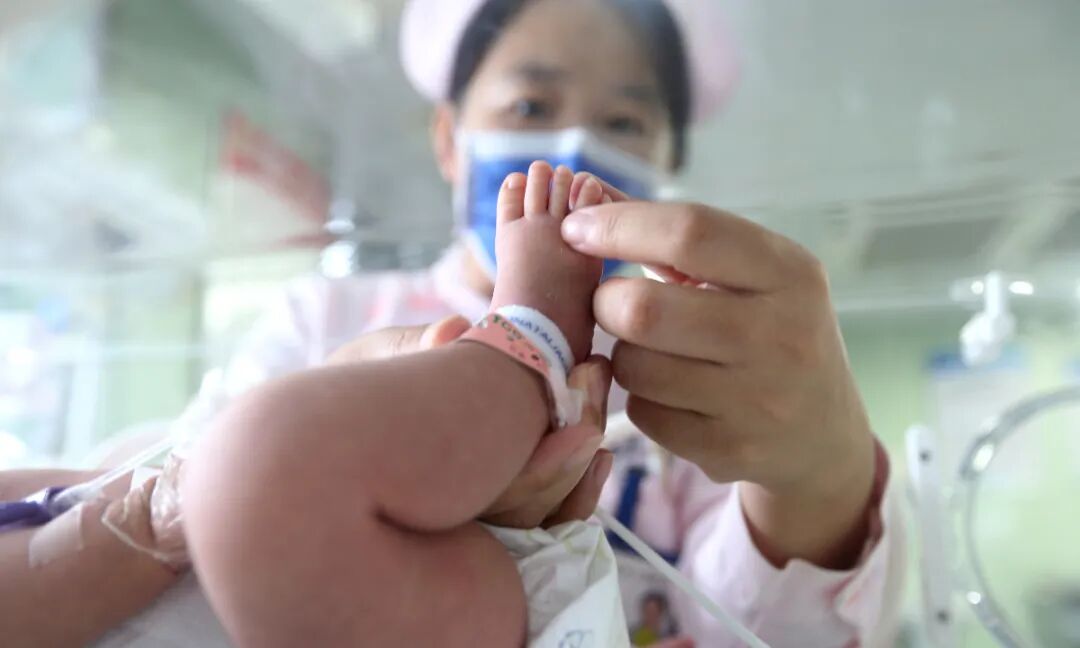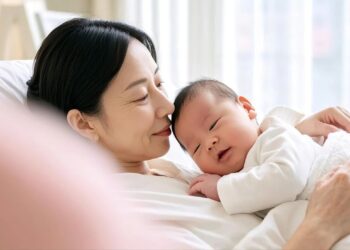
On Monday, China’s National Healthcare Security Administration (NHSA) announced that 25 provincial-level regions—covering nearly 90% of the country’s social insurance pooling areas—will begin directly distributing maternity allowances to eligible individuals starting November 1. This move marks a significant step toward creating a more supportive environment for childbirth.
Since September, several provinces, including Jiangxi, Anhui, and Shaanxi, have already implemented province-wide direct payments of maternity allowances. Additionally, Liaoning and Jiangsu have officially confirmed that such payments will commence on November 1, streamlining the process for mothers to receive their benefits without intermediaries.
However, some regions—including Beijing, Tianjin, Hunan, Guangdong, Guizhou, Guangxi, and Xinjiang—have yet to fully adopt this direct payment model. The NHSA has pledged to accelerate the rollout and simplify the distribution of childcare subsidies, ensuring more efficient and accessible services for the public.
What Are Maternity Allowances?
Maternity allowances, often referred to as ”maternity leave pay,” are financial support provided to female employees during their maternity leave, as mandated by Chinese law. Traditionally, these funds were first disbursed to employers by healthcare security agencies, who then passed them on to employees.
Why Direct Payments Matter
Demography expert He Yafu emphasized that direct payments to individuals are crucial for safeguarding women’s rights, reducing financial strain on families, and improving policy accessibility. Previously, when funds passed through employers, there were risks of delays, deductions, or even misuse, with some companies withholding payments under the guise of “salary offsets.” Now, the money goes directly to the employee’s social security card or bank account, ensuring full and timely disbursement and preventing potential claim difficulties.
Professor Jiang Quanbao from Capital University of Economics and Business highlighted another benefit: reducing workplace gender discrimination. By removing the financial burden of advance maternity leave payments from employers, direct disbursements lessen hiring biases against women.
Addressing Challenges for Flexible Workers
The shift also benefits China’s growing population of flexibly employed women, such as gig workers and freelancers, whose rights were previously harder to protect. He Yafu noted that direct payments ensure these workers—without fixed employers—can still access full maternity benefits through the social security system. Jiang Quanbao added that this reform reinforces the principle that workers’ rights are protected regardless of employment type, supporting the sustainable development of the new economy.
According to China Central Television (CCTV), as more regions adopt direct disbursement systems, an increasing number of women can now claim their maternity allowances more conveniently and swiftly.
What Do Maternity Insurance Benefits Include?
China’s maternity insurance covers:
- Maternity medical expenses (e.g., childbirth-related costs and other legally specified items).
- Maternity allowances (wage-based compensation during maternity leave, determined by national and provincial regulations).
This policy evolution reflects China’s ongoing efforts to enhance social welfare accessibility and support working families.






